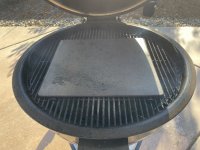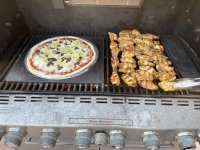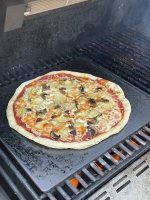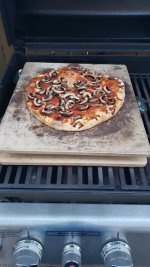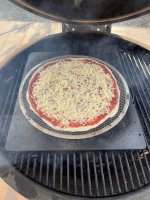Tom Henderson
TVWBB Member
We love to cook pizza in the oven using a pizza stone.
I would like to use the stone in my Genesis, but some suggest cracking is likely.
I’d like to avoid buying a pizza steel if I can
I’ll always put the stone on the grates before I start the preheat, and keep the grill closed afterwards while it cools.
With the above process am I likely to crack the stone?
would putting a sheet of foil under the stone help or make it more likely to crack?
Thanks in advance!
I would like to use the stone in my Genesis, but some suggest cracking is likely.
I’d like to avoid buying a pizza steel if I can
I’ll always put the stone on the grates before I start the preheat, and keep the grill closed afterwards while it cools.
With the above process am I likely to crack the stone?
would putting a sheet of foil under the stone help or make it more likely to crack?
Thanks in advance!

